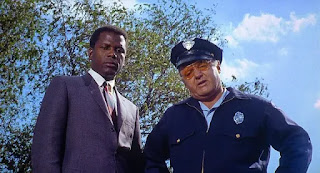The University's legal team brought many strong arguments in their favor. They pointed at the fact that many other universities are also installing affirmative action programs in an effort to redress a long history of minorities being wrongfully excluded from their respective institutions; going so far as to claim that "affirmative action isn't just a policy, but a promise." They made it clear that race is only one aspect taken into account in the selection process and argued that their approach actually aligns with the equal protection clause and passes the strict scrutiny test established by the Supreme Court. They claimed that their goal to redress past racial discrimination and to foster a diverse student body qualified as a "compelling state interest." They cited the Fair Housing Act of 1968 as being very similar to their affirmative action program, as they were are both based upon a system that have discrimination built in to them and try to counter act that and that both do not intend to put any group at a disadvantage but to recognize unfair discrimination and level the playing field. Next came their economic argument, reminding the court that the national economy is hurt after the war and it would be foolish to keep the economy separate when uniting it could fix it must faster. Not only that, but education and medicine affect the nation's economy the most! Since diversity benefits both fields, removing it not only damages said fields but the national economy as well. Concluding with a strong legal argument, they clarified that the Equal Protection Clause of the 14th Amendment was not for treating everyone the same but to bring equal opportunity to all. Not only that, but the program passes both the "compelling interest" and "narrowly-tailored" parts of the strict scrutiny test.
Bakke's team retaliated with equally strong arguments. They opened their argument with their main idea; the14th amendment's whole purpose was to eliminate discrimination by race and its not fair to replace one discrimination for another, which is what this program does. The Equal Protection Clause was meant to encourage judgement based on neutral metrics, which in this case would be grades and test scores. The University shouldn't lower its standards in order to meet a rigid racial quota and shouldn't just hand over someone else's opportunity to someone less-deserving. They also proposed a very questionable suggestion... that these minorities should just go to HBCU's because "it's better to be with your people." I found that argument very Plessy-like and disregarded it as a weak point. The judge understandably came to a very hard decision, as they were great points on both sides. He ultimately followed the historical version of this case and ruled for Bakke, reasoning that the goal of the University's affirmative action program was fine but the execution of it as a rigid racial quota violated the 14th amendment. He suggested that race just be taken into account when reviewing applicants, rather than the sole determining factor for admission, which I am in agreement with.























